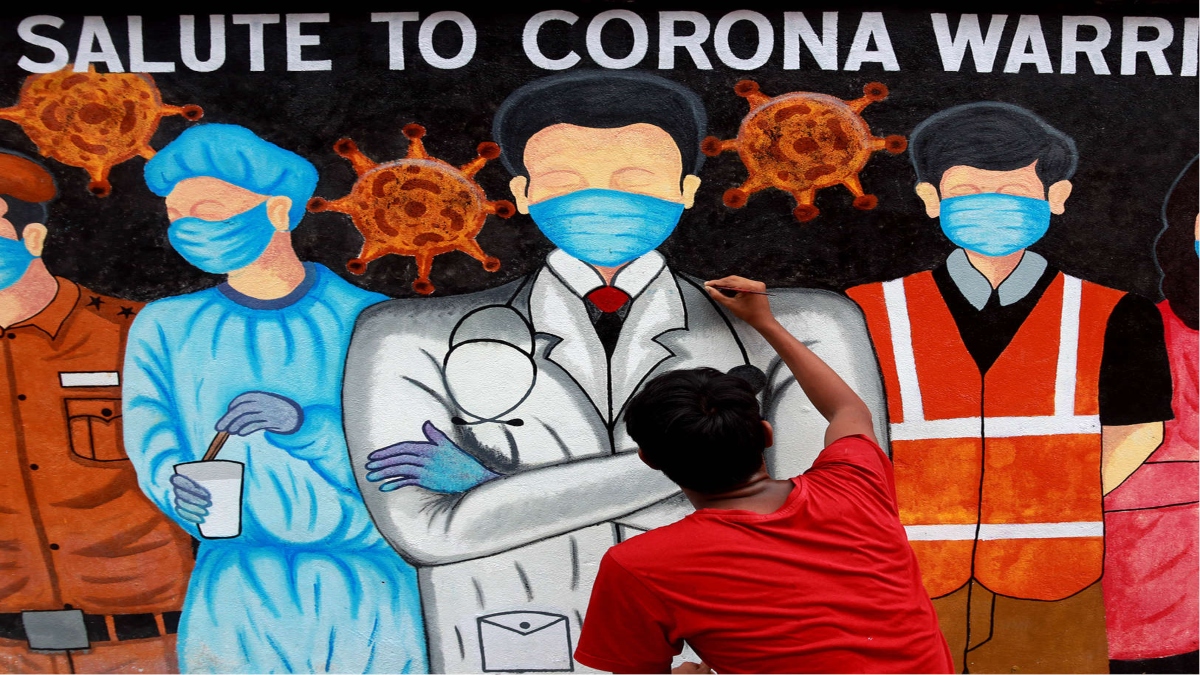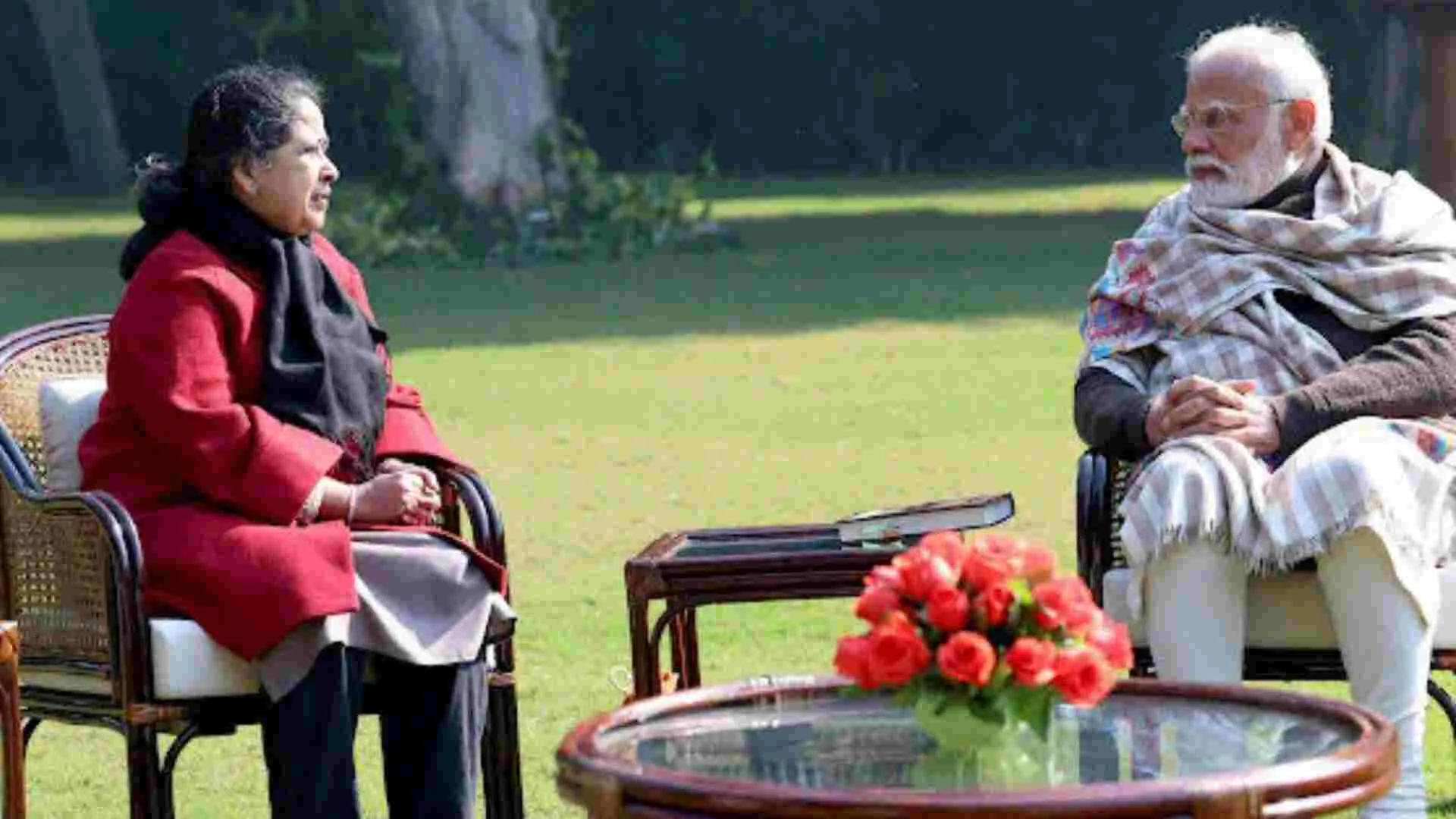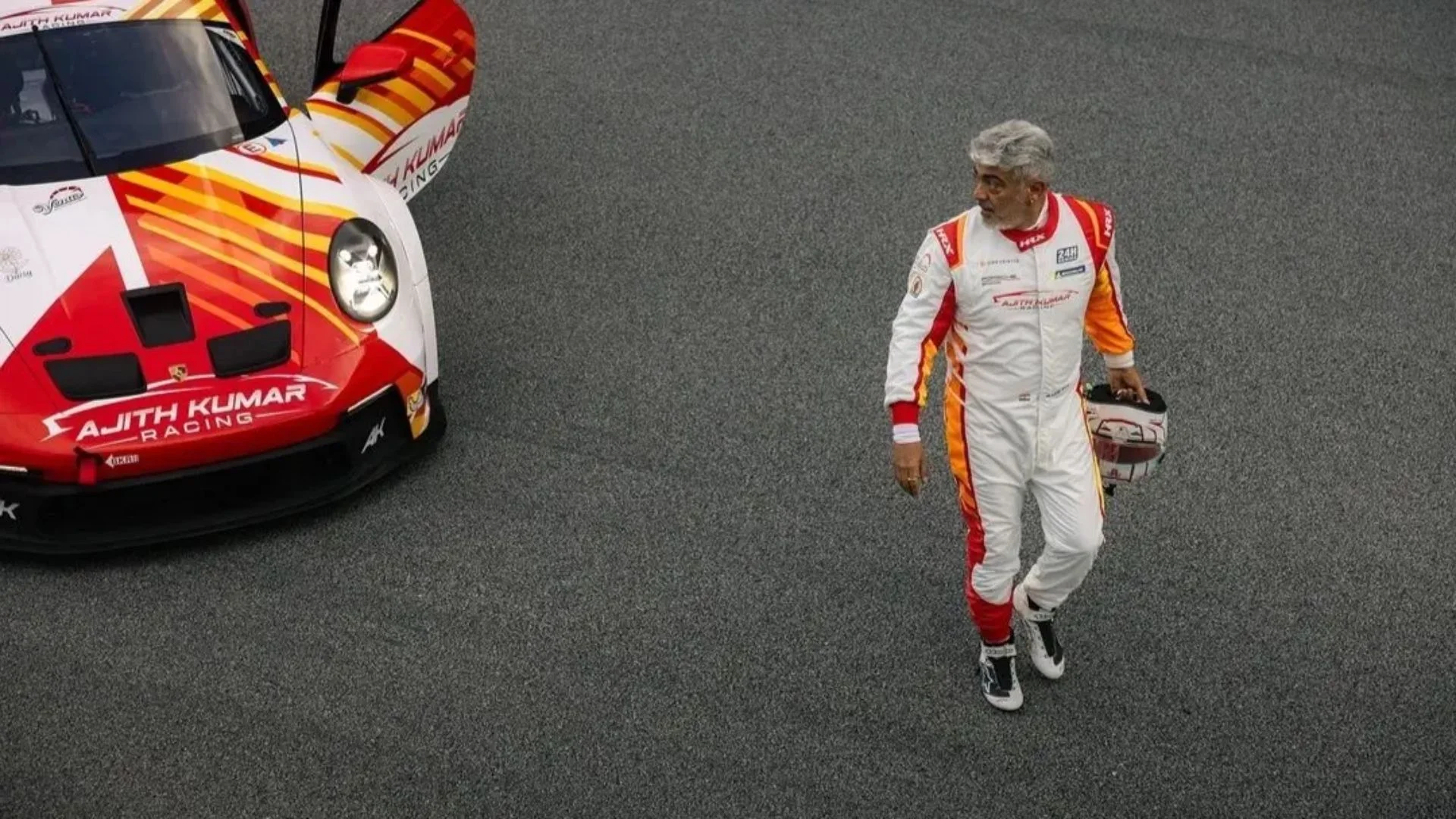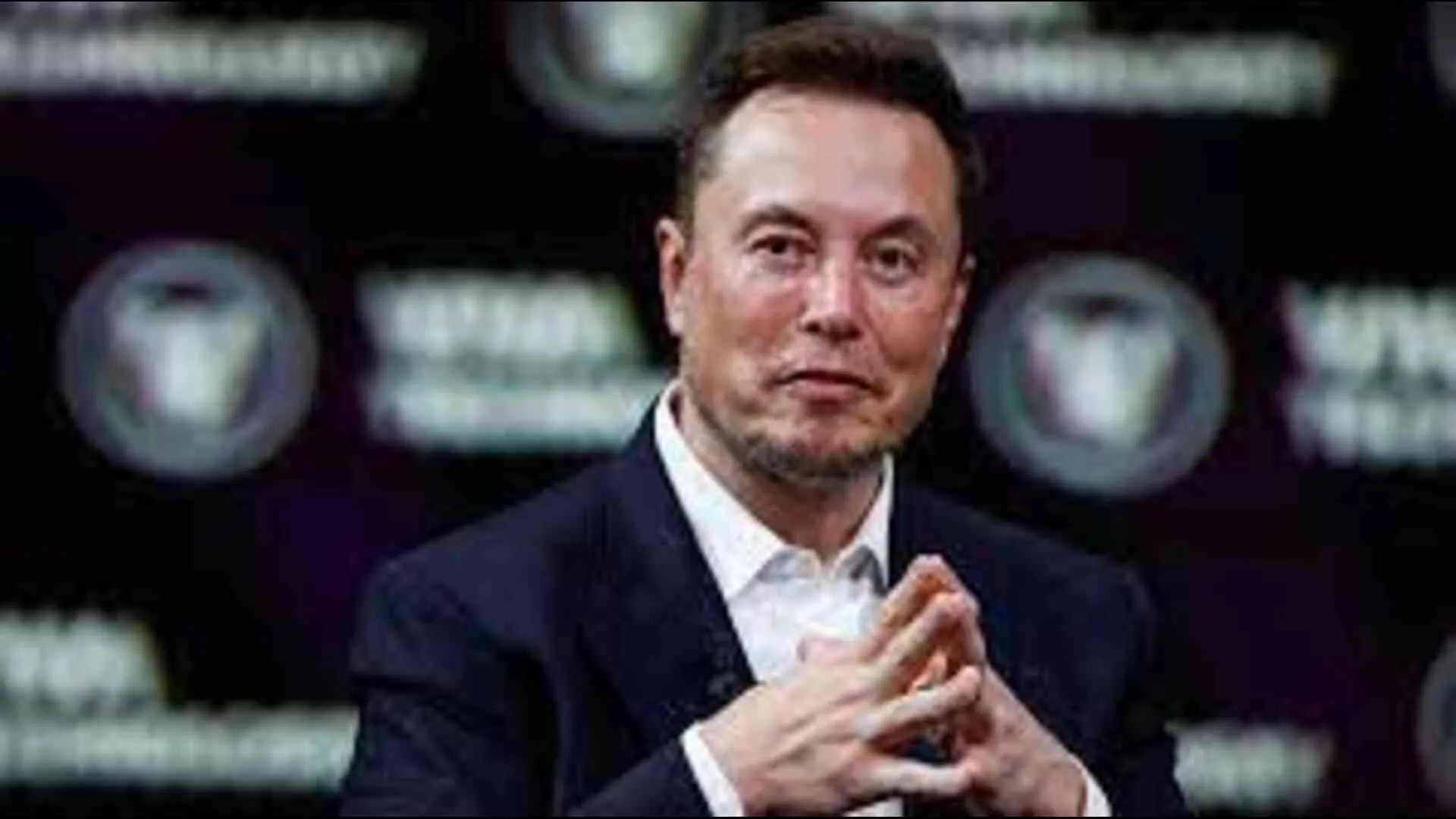No matter how one may summarise 2020 exactly, it has been a unique, significant and path-breaking year. It may be called a year of surprises, a year of doom, or a year when nature reminded us of many things which humans had forgotten over centuries of technological progress.
This year has had a profound impact on everything, ranging from geopolitics and the global economy to technology, healthcare and climate change. Catastrophic events happened simultaneously, with the surge of Covid-19, the collapse of economies across the world, the near-death of multilateral institutions, the accelerating climate crisis, rising inter-cultural and inter-racial tensions, a global trend of hyper-nationalism and inequalities—all of which may be registered in history as keywords to describe this year.
Though globalisation has been on the decline, the Covid crisis has taught us the importance of nations working together. This has also been a year for remote working, artificial intelligence, e-commerce and domestic manufacturing. This was a year when biotechnology, information technology (IT) and nanotechnology competed with each other but also complemented each other.
Such a phenomenal mix of developments is aptly captured in this quote provided to us by esteemed industry leader Ravi Venkatesan: “Covid eclipsed everything else this year. It accelerated important trends like digitalisation of the economy, the move to local and the reversal of globalisation. It held the mirror up to humanity, highlighting the consequences of extreme inequality and our unsustainable ways. It has woken the world up to the un-peaceful rise of China. It has highlighted stark differences in the leadership of countries. Hopefully, in 2021, we will begin to deal with some of these issues.”
Immense geopolitical changes happened this year, starting from the increasing isolation of China due to the dubious origins of Covid-19 as well as the increasing realization by several countries about the fragility of global value chains in general, which are intricately led by China. Resilience against shocks in value chains has become a new priority, and several countries have begun to strengthen their domestic value chains and recalibrate their trading and strategic partners. In particular, this year has led to a renewed focus on the Quad, including more countries in the group. These geopolitical concerns have also led partly to a sort of de-globalisation and weakening of multilateral institutions. However, with the change in the US administration, there may be renewed hopes for reversing this trend in favour of the previous wave of strong global coordination and cooperation, which is the need of the day in light of Covid-19, vaccines and economic recovery.
It has also been a year for the introverts thanks to the lockdowns and remote working becoming the new normal. A global talent pool became accessible with no locational barriers. 2020 also ushered in an era where Zoom, Microsoft Teams, Google Meet and many other such cloud meeting platforms became household names. As a result, education has become progressively and remotely deliverable to students by teachers who may be miles away from them. All this has increased productivity, but also undermined the ‘human’ quotient in it. Maybe that is why the importance of human resources (HR) as a key function of the corporates has evolved this year.
Travel across the world fell to a record low due to the pandemic, not to mention the finances of hotels, restaurants and tourism in general. While a rebound of tourism activities is expected in due course, innovative ways of getting together this year have kept social ties intact and reduced emissions temporarily.
Small and medium enterprises have also suffered enormous losses across the world, and so have the people rely on these enterprises and have been left with little or no safety nets. Migrants across the world were stranded, jobless and, in many cases, hungry and desperate to earn some money. At the same time, some of these enterprises have been continuously innovating and, instead of playing the victim card, evolving themselves to find solutions as part of the recovery process. For example, many auto industry firms have turned themselves to manufacturing ventilators, while textile and apparel companies have turned to mask and PPE manufacturing. In this context, countries across the world have also played around with trade policies and measures, either restricting or promoting trade in medical supplies. Trade promotion has served to facilitate facing this crisis effectively, while placing restrictions on goods have proved to be detrimental in solving the pressing issues of Covid-19.
The agricultural sector has stayed safe overall, but supply chain challenges have come out in the open, affecting the undisrupted supply arriving at the hands of the consumers. However, new technologies in the supply chain have quickly evolved this year to help farmers and other food producers in bridging these gaps. Even in the manufacturing sector, there has been an accelerated phase of digitalisation, with a proliferation of new technologies. Robotics, automation, AI, data science and other new age technologies have been used effectively to facilitate remote working and social distancing in the industry. This was also an unexpected ushering in of Industry 4.0 across the world. This also implies major changes in comparative advantage as the ‘cheap labour’ advantage may longer hold well. Nevertheless, the quick emergence of disruptive technologies is what 2021 will take forward.
In the context of all these rapid technological changes, Prof Sean Randolph’s quote is quite relevant: “The pandemic has increased our reliance on technology and accelerated digitalization. The biggest impacts will be in remote learning, remote management, and digital medicine, but IoT and applications such as autonomous driving will advance as well. AI, as an enabler of innovation crossing many industries, will be central. Biotech’s 2020 surge, supported by advances in IT, will also continue. Despite the pandemic’s negative effects on the economy, venture investment has remained strong and will play a critical role funding these shifts in 2021.”
2020 has also been a year for nursing and healthcare workers. All of us owe our deepest gratitude to millions of them across the world for saving lives while risking—and in many cases, losing—their own. More importantly, they have worked so efficiently within the constraints of infrastructure (enough has been said about the lack of hospital beds and ventilators across the world) and in the absence of any proven medication or cure for the pandemic. No words are enough to thank them. At the same time, we have another amazing achievement in sight—the imminent release of vaccines to the public across the world, reiterating the rigour, speed and diligence of our scientists, who have worked tirelessly to get a few choices of vaccines usable, within the record time of less than a year. This is a very positive note with which we can start 2021.
Meanwhile, climate change refuters and questioners of the science underlying global warming have faced a difficult time this year! There have been a record number of wildfires in Australia and the US, a proliferation of natural disasters across the globe, and the year has been one of the warmest in recent history. In this context, we faced a double whammy during this challenging year. Firstly, we have seen the severe effects of ongoing climate change and, secondly, the economic crisis has led to the reversal or cancellation of several investments in climate change mitigation and adaptation across the world. Climate finance has been a major victim this year, despite hopes that the Green New Deal, discussed by several governments and international organisations, can boost the economy and help it recover from scratch, by reorienting technologies to be greener. This is yet another aspect that stands on global coordination, and the US rejoining the Paris Accord is a welcome step in this direction.
India has been no exception to all the trends mentioned so far. The year began with enthusiasm and with the ambition of marching towards a $5 trillion economy in the near future. But the nation also witnessed widespread protests and controversies about issues like the CAA and Kashmir. However, the Covid situation which emerged in March turned priorities around. We began on a hopeful note as India did not see many fatalities or a wide spread of the infection in the initial weeks, thanks to the strict nationwide lockdown. Many rejoiced due to the reduction in pollution, with the air becoming clear enough to catch a glimpse of the Himalayas from Punjab! However, since then we have also seen numerous tragedies, with the economy contracting at a record level in any quarter, a historical level of hardships faced by migrants walking from major cities back to their villages and hometowns, a widespread lack of jobs, and India reaching the second spot in the global index of Covid cases and fatalities.
On the economic front this year, we have seen the articulation of Aatmanirbhar Bharat, a wide range of measures to boost the economy and help it recover, a slew of reforms in labour and agriculture (many of which are being protested against now) and some relocation of investments away from China and partly towards India, though many of them are moving to Southeast Asian countries. Therefore, we may be heading towards an era of increased self reliance while also plugging into global value chains through the investments pouring in. There are still several challenges, such as India’s continued hesitation to join major trade blocs such as RCEP, an increased resistance to reforms despite a strong mandate by the government and intent to pursue reforms and lack of resurgence in demand and employment through the recovery, implying more fiscal and other stimulus and interventions in the short term by the government. Going forward, we will have to stay confident that these challenges will be faced effectively and we will be able to tide past the crisis.
Greater global coordination, improved healthcare systems that are efficient and effective, resilient global supply chains, reduced inequality and in short, a renewed impetus on sustainable development and prosperity, are the strategies that may reflect the hope of billions of people across the world, including in India, for 2021. We end this article on a positive quote from NITI Aayog Vice Chairman Rajiv Kumar: “The Indian economy will rebound in 2021 on the strength of significant number of major structural reforms implemented by the Central Government during the lockdown forced by the Covid-19 pandemic. These reforms were undertaken following the Prime Minister’s call for converting the crisis into an opportunity for putting the Indian economy on a sustained higher growth trajectory. India will reach its rate of growth of potential output by FY 23 and then stay on track.”
Rajesh Mehta is the president (India) of the Indo-Scandic Council and a leading international consultant, entrepreneur and columnist. Dr Badri Narayanan Gopalakrishnan is a leading international economist and consultant.





















